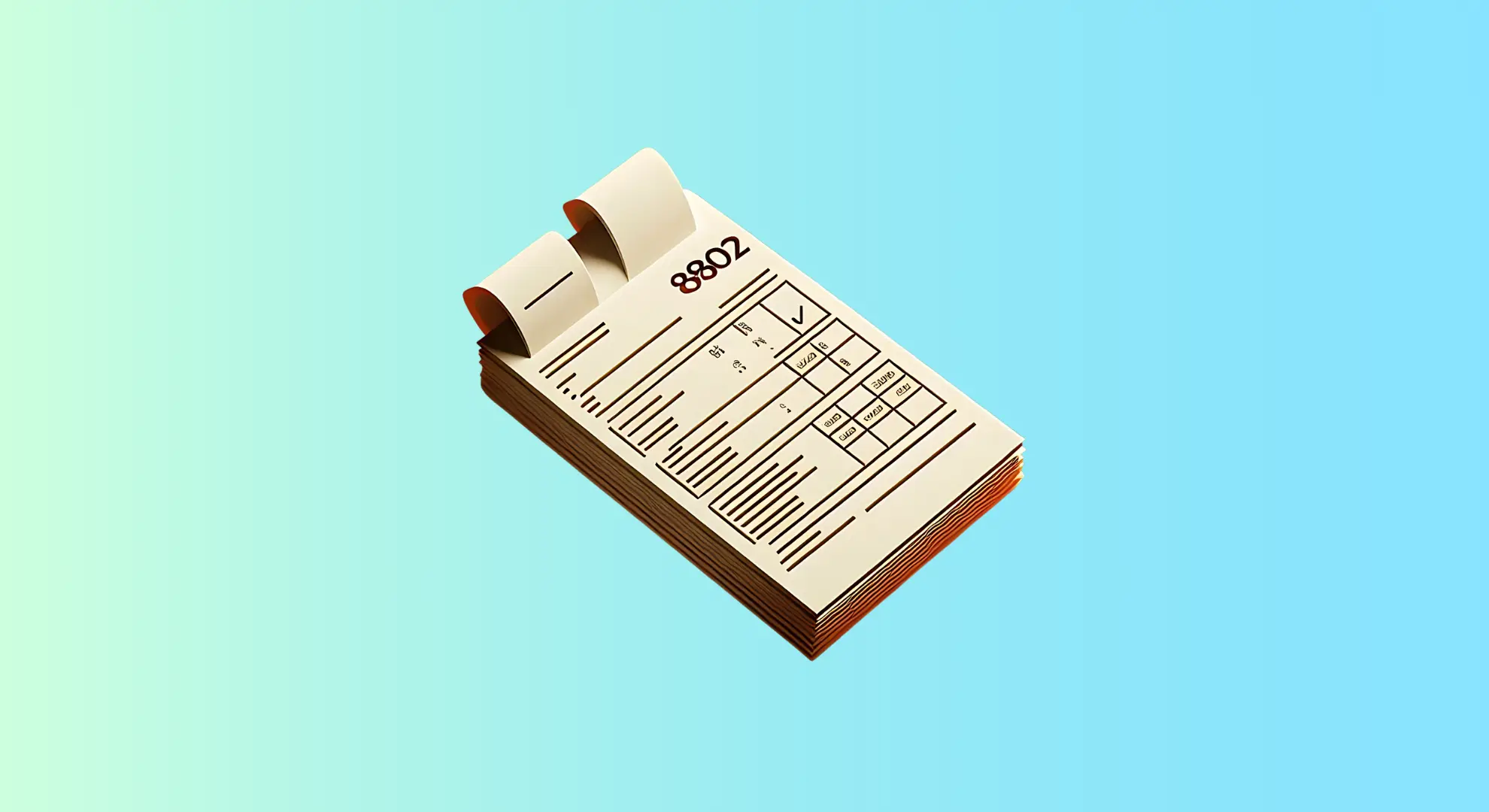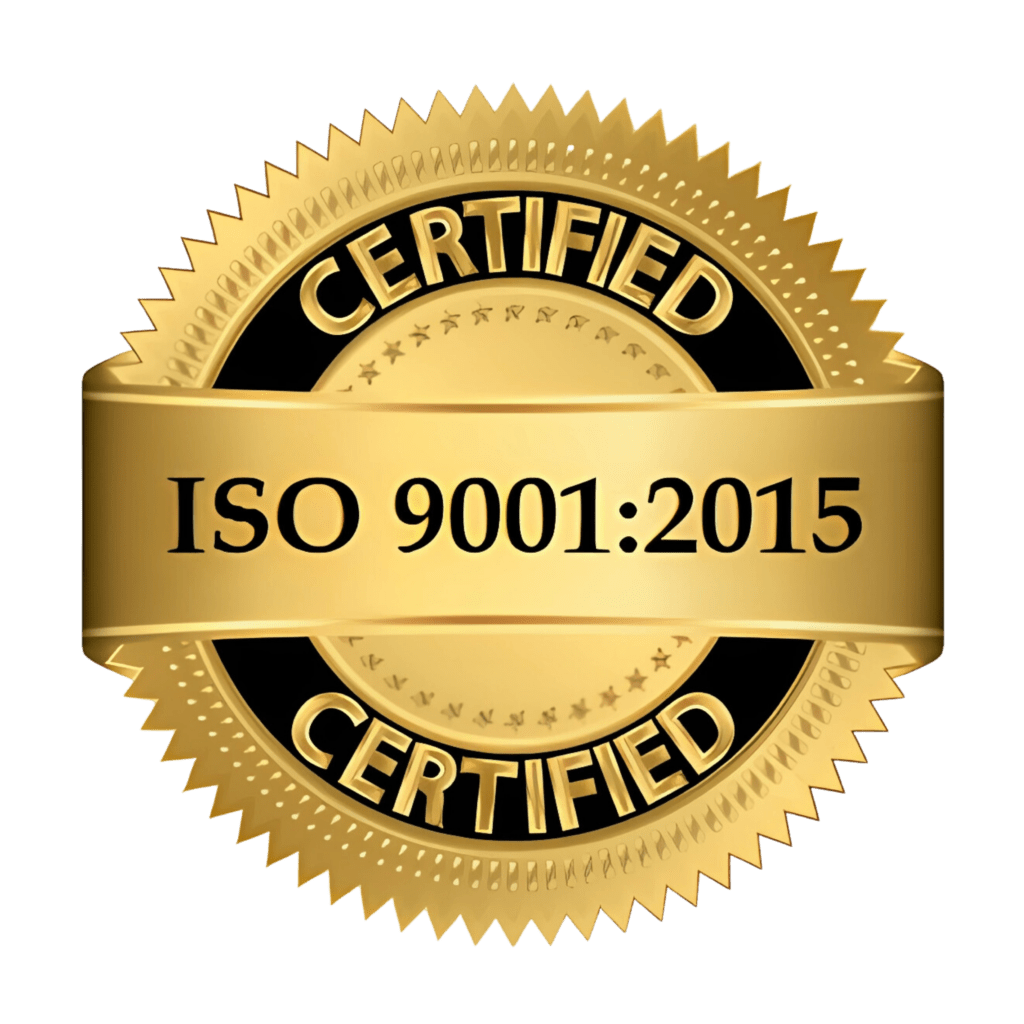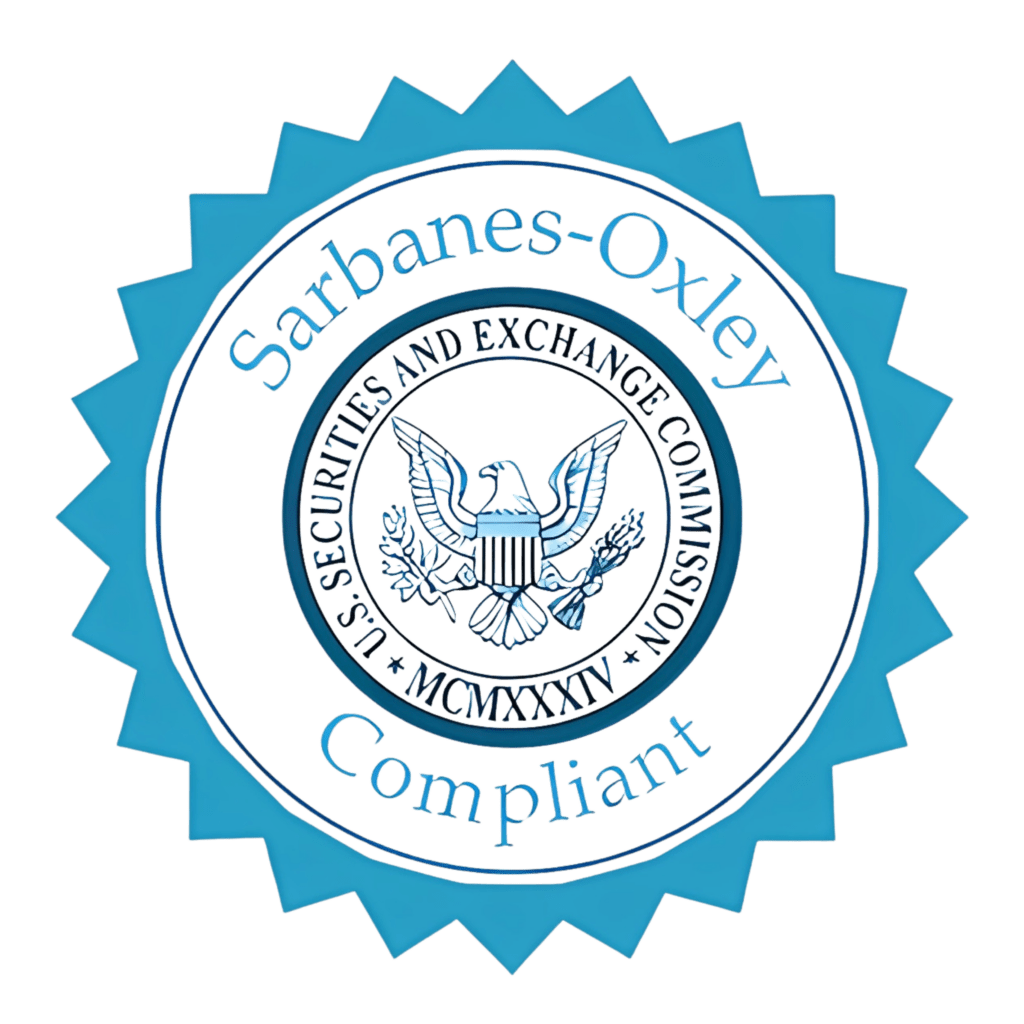When you need to prove your U.S. residency for tax treaty benefits or other international tax purposes, filing Form 8802 is the key. The Application for United States Residency Certification enables businesses and individuals to obtain a certification of U.S. residency, which is crucial when claiming reduced rates or exemptions under a tax treaty. In this guide, we break down every step of completing Form 8802 and provide tips to help ensure your submission is accurate. Whether you file your taxes or seek assistance from professional tax services, this comprehensive guide will simplify the process.
Table of Contents
What is Form 8802?
Form 8802 is the official application used to request a certification of U.S. residency from the Internal Revenue Service (IRS). This certificate is often required by foreign tax authorities to verify that a U.S. person or entity is eligible for the benefits provided under an applicable tax treaty. The certification confirms that you are a resident of the United States for tax purposes, allowing you to benefit from reduced withholding rates or exemptions on income earned abroad.
Filing Form 8802 correctly is vital for international businesses, financial institutions, and individuals dealing with cross-border transactions. The process must be completed accurately, using the most current Form 8802 instructions provided by the IRS.

Who Should File Form 8802?
Form 8802 is used by various entities, including:
- U.S. Businesses: Companies engaged in international trade or foreign investment that require certification to claim treaty benefits.
- Financial Institutions: Banks and other financial organizations that need to verify residency status for transactions with foreign counterparts.
- Individuals: U.S. taxpayers who need to demonstrate residency to claim treaty benefits on income earned abroad.
- Non-Profit Organizations: Entities that operate internationally and need residency certification for grant or funding purposes.
If you or your business has been requested to provide evidence of U.S. residency, Form 8802 is the appropriate form to file.
Why You Need to File Form 8802
Obtaining a U.S. Residency Certification can significantly affect your tax situation by:
- Securing Treaty Benefits: Certification confirms your eligibility for reduced withholding rates or exemptions under tax treaties.
- Avoiding Double Taxation: Proper residency certification helps prevent the same income from being taxed by both the U.S. and a foreign country.
- Enhancing Credibility: For businesses and financial institutions, having a residency certificate can streamline international operations and build trust with foreign partners.
- Meeting Legal Requirements: Certain foreign jurisdictions require a residency certificate as part of their regulatory framework, making Form 8802 a necessity for compliance.
By filing Form 8802 accurately, you not only comply with IRS regulations but also set the stage for smooth international transactions and tax compliance.
Step-by-Step Instructions for Completing Form 8802
Below is a detailed, step-by-step process for filling out Form 8802. Each section of the form is explained so you can confidently complete the entire application.
Step 1: Prepare the Required Information
Before starting, gather all the necessary details:
- Business Information: Legal name, mailing address, and the Employer Identification Number (EIN) if you are a business.
- Personal Information: If you’re filing as an individual, have your full name, Social Security Number (SSN), and current mailing address ready.
- Reason for Application: Determine why you need the certification (e.g., claiming treaty benefits, opening a foreign bank account, or meeting international regulatory requirements).
- Tax Period: Know the tax year or period for which you need the certification.
- Supporting Documents: Have copies of any required supporting documentation (such as articles of incorporation, a business license, or prior IRS correspondence) on hand to attach if needed.
Being well-prepared minimizes errors and accelerates the filing process.
Step 2: Complete the Top Section of the Form
Begin your application with the identification section:
- Line 1: Enter the legal name of your business or your full legal name if you are filing as an individual. This must match the name on your official documents.
- Line 2: If applicable, include your “doing business as” (DBA) name.
- Line 3: Provide your mailing address exactly as it appears on your tax records. If your mailing address is different from your physical business address, include both as required.
- Line 4: If applicable, enter your physical business address where you conduct operations.
- Line 5: Input your EIN or SSN. The IRS needs this unique identifier to process your application.
Ensuring that these details are accurate is crucial to avoid any delays or rejections.
Step 3: Specify the Reason for Filing
In this part of the form:
- Line 6: Clearly state the purpose of your application. For example, select “To claim treaty benefits” or “For international tax purposes.” Be specific about your reason so the IRS understands your need for residency certification.
- Line 7: Indicate the tax period for which the certification is being requested. Use the correct format (usually MM/DD/YYYY) as specified in the instructions.
Providing an apparent reason helps the IRS process your request efficiently.

Step 4: Provide Details About Your Entity
This section is essential if you are filing as a business:
- Line 8: Choose the appropriate box to indicate your type of entity (e.g., sole proprietorship, partnership, corporation, LLC, or non-profit organization).
- Line 9: Enter the date your entity was formed or the date of the latest organizational change. This helps the IRS verify your business history.
- Line 10: State the closing month of your accounting year. For most businesses, this is December, but it may vary depending on your reporting period.
Make sure the details about your business structure are consistent with your official records.
Step 5: Identify the Responsible Party
The responsible party is the individual who controls your business’s funds and assets:
- Line 11: Provide the name of the responsible party. This is typically the owner, principal officer, or managing partner.
- Line 12: Enter the Social Security Number (or EIN if applicable) of the responsible party.
- Line 13: List the title or position of the responsible party. For example, “Owner,” “President,” or “CEO.”
This information is used by the IRS for follow-up if additional details or documentation are required.
Step 6: Describe Your Business Activities
Here, you’ll explain the nature of your business:
- Line 14: Briefly describe your business activities and why you require a U.S. Residency Certification. Mention any international operations or transactions that necessitate the certification.
- Line 15: If you have multiple business locations, include details about them or note if you are filing for the primary location only.
Clear descriptions help the IRS determine if your business meets the requirements for the certification.
Step 7: Review, Sign, and Date the Form
Before submission, it’s essential to review your application:
- Review All Information: Double-check every entry for accuracy. Verify that names, addresses, dates, and identification numbers are correct.
- Sign and Date: Sign and date the form in the designated area. If you are filing electronically, follow the instructions for an electronic signature.
A careful review and proper signing of Form 8802 will prevent delays in processing your request.
Step 8: Submit Form 8802
There are several methods to submit your completed form:
- Online Submission: The IRS offers an electronic submission option. E-filing is typically faster, and you can receive confirmation and your certification sooner.
- Mail Submission: If you prefer to submit a paper form, send your completed Form 8802 to the IRS address specified in the latest Form SS‑4 instructions or on the IRS website. Use certified mail for confirmation of delivery.
- Fax Submission: Some applicants may also choose to fax the form. Before sending it, verify the correct fax number in the current instructions.
Keep copies of your completed form and any confirmation receipts for your records.
Leveraging Professional Tax Services
If the process seems overwhelming, you can enlist the help of professional tax services. These experts are well-versed in Form 8802 instructions and can:
- Ensure Accuracy: Double-check every detail, reducing the risk of errors that could delay your certification.
- Streamline the Process: Assist with gathering necessary documents and filling out the form efficiently.
- Provide Expert Advice: Offer guidance on how to meet all eligibility requirements and leverage any available tax benefits.
Partnering with a trusted tax advisor not only eases the burden of filing Form 8802 but also gives you peace of mind, knowing that every detail is handled correctly.

Final Thoughts
Filing Form 8802 is an essential step for any business or individual needing a U.S. Residency Certification. This certification plays a critical role in claiming tax treaty benefits and ensuring that your international tax affairs are in order. By following our step-by-step guide and using the latest Form 8802 instructions, you can confidently complete the application, avoid common errors, and expedite the process.
Taking the time to prepare, review, and file Form 8802 accurately lays a strong foundation for your international financial operations. Whether you file on your own or leverage professional tax compliance services, the goal is to secure your certification quickly and efficiently, allowing you to focus on growing your business or managing your investments without worry.
FAQs – IRS Form 8802
1. What is IRS Form 8802 used for?
IRS Form 8802 is the application for U.S. residency certification. By filing it, individuals and businesses can obtain Form 6166, which proves they are U.S. tax residents. This certification is often required to claim tax treaty benefits and avoid double taxation when earning income abroad.
2. Who needs to file Form 8802?
Any U.S. individual, corporation, partnership, or trust that needs to prove U.S. tax residency for foreign tax authorities should file Form 8802. This includes taxpayers who want to reduce foreign withholding taxes, claim treaty benefits, or provide proof of residency for international business transactions.
3. How to file Form 8802?
To file Form 8802 in 2025, you must:
1. Complete Form 8802 (available on the IRS website).
2. Pay the user fee ($85 for individuals, $185 for entities) through Pay.gov, and upload your completed application (PDF, up to 15 MB).
3. Mail or fax the signed Form 8802 with supporting documents to the IRS.
The IRS does not currently allow full electronic submission, so mailing or faxing is still required after payment.
4. What is a residency certificate?
A residency certificate, issued by the IRS as Form 6166, is an official letter confirming that you are a U.S. tax resident. Foreign tax authorities often require this certificate to apply reduced tax withholding rates or exemptions under income tax treaties.
5. How do I get a certificate of residency?
To get a U.S. certificate of residency (Form 6166), you must file Form 8802 with the IRS and pay the applicable user fee. Once approved, the IRS will mail you Form 6166, which you can provide to foreign tax authorities or business partners to prove U.S. tax residency.
6. Can I use Form 8802 to request certification for multiple years?
Yes. You can list multiple years (for example, 2024, 2025, and 2026) on a single Form 8802 application. The IRS will issue separate residency certifications (Form 6166) for each year requested, without charging additional fees beyond the standard user fee.
7. Do I need to file my tax return before applying for Form 8802?
No. You do not need to wait until your current year’s tax return is filed. The IRS uses your most recently filed tax return to verify residency. For example, you can apply for the 2025 certification in early 2025, even though your 2025 return won’t be filed until 2026.
8. How much does it cost to file Form 8802?
The user fee for Form 8802 is $85 for individuals and $185 for non-individuals such as corporations, partnerships, or trusts. This fee covers all years and all certificates (Form 6166) requested in one application.
9. How long does it take to process Form 8802?
Processing time for Form 8802 can range from 6 to 10 weeks. The IRS recommends submitting the application at least 45 days before you need the residency certification to ensure timely receipt.
10. How do I submit Form 8802 in 2025?
In 2025, the process requires two steps:
1. Pay the user fee and upload your completed Form 8802 PDF (up to 15 MB) via Pay.gov.
2. Mail or fax the signed application with supporting documentation to the IRS.
Note: Uploading the form on Pay.gov does not replace mailing or faxing it.
11. What is the difference between Form 8802 and Form 6166?
Form 8802 is the application you file with the IRS. Form 6166 is the official U.S. residency certification that the IRS issues once your application is approved. Foreign tax authorities typically require Form 6166 to grant treaty benefits.
12. When is the earliest I can apply for Form 8802 for the current year?
The IRS accepts applications for the current year beginning December 1 of the prior year. For example, you may submit a Form 8802 for 2025 as early as December 1, 2024.
13. Can a tax professional help with filing Form 8802?
Yes. Many taxpayers use a CPA or tax compliance service to file Form 8802, especially if they need multiple certifications for businesses or complex international structures. A professional can ensure the application is filed correctly and avoid delays with foreign tax authorities.










